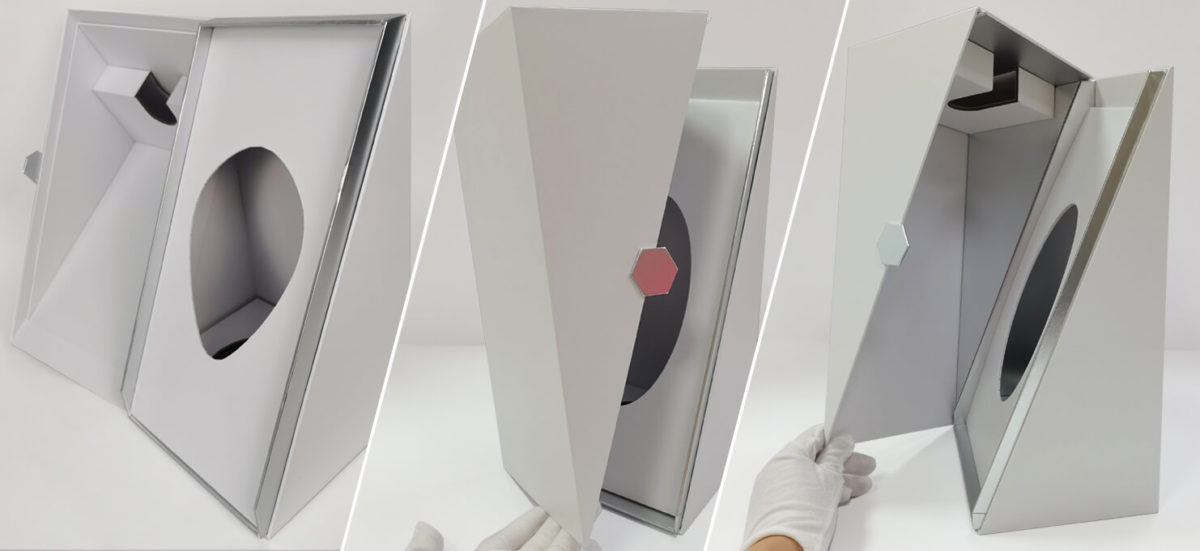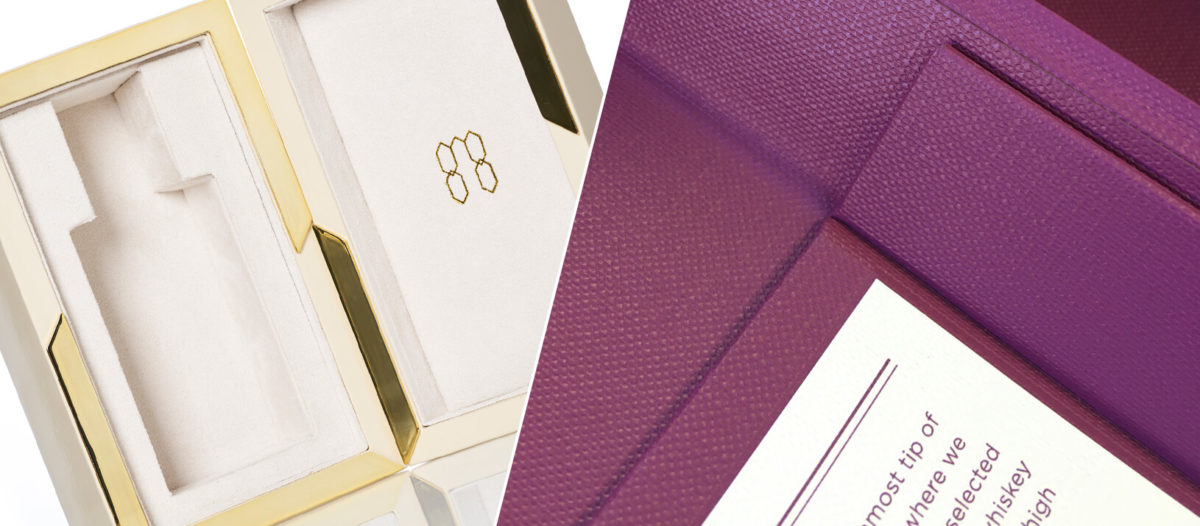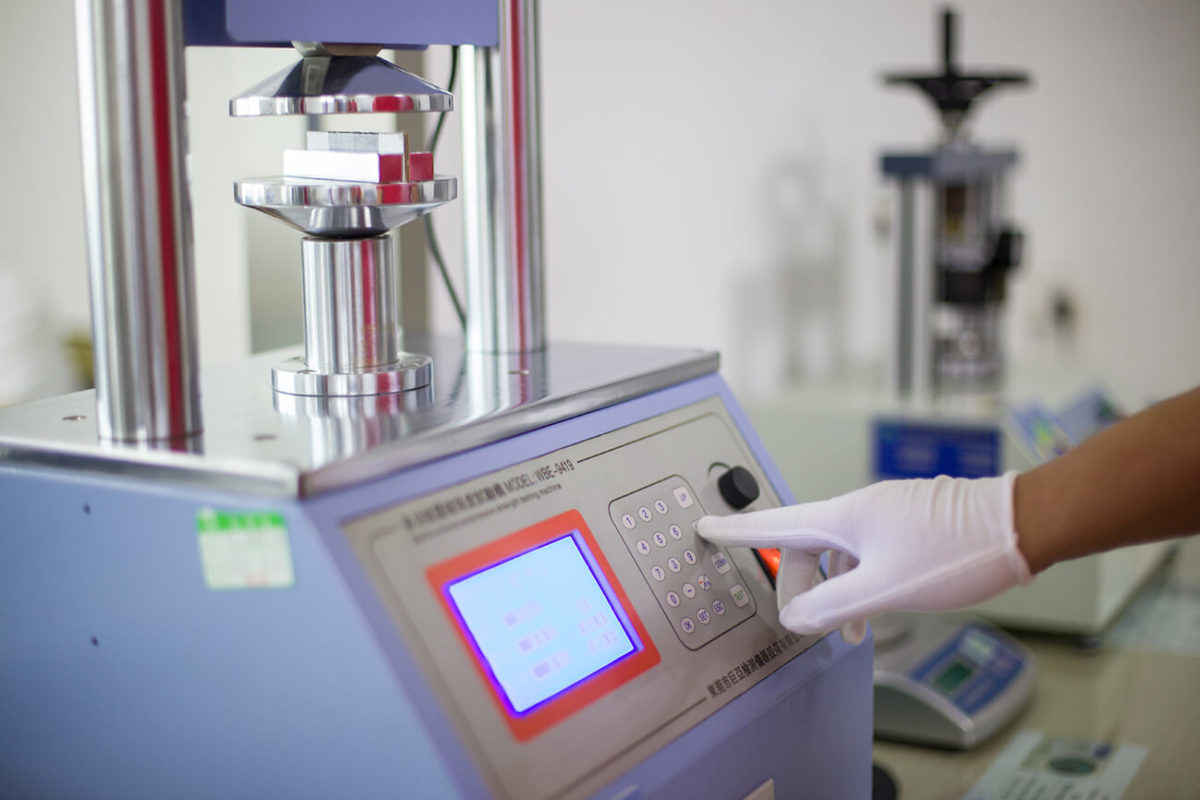
October 25, 2022
Navigating ‘Critical to Quality’ Packaging Hurdles
With increased complexities and varied processes involved in creating packaging solutions, as well as the sheer number of parties involved in the process of packaging production – from brands, marketing agencies, NPD teams, and suppliers – to mention a few, the task of ensuring there are no errors in the finished packaging solution can prove immensely challenging.
“Depending on the type of defect, packaging problems can result in a domino effect and lead to a delay in getting your product to market or jeopardise brand reputation,” says Mark Castro, Head of NPD (USA) for IPL Packaging. “These mistakes most often stem from situations such as lack of research, rushed jobs, not proofing correctly, not transit testing the packaging solution correctly or simply not testing various components of the packaging correctly at the correct stage in the process.”
“It’s important to take care, not only of the manufacturing of the pack itself, but also of those processes that are happening ‘outside the main area of manufacture’ where the box is made,” he says. “Best practice is always to try and mitigate any potential issues as near the beginning of the production cycle as possible – for example looking at suppliers and quality of component materials as a start,” he states.
“Many a proposed lead time may be thrown out by the receipt of sub standard ‘outsourced components’ but there are always both practical and cost implications associated with every action – meaning, of course, it’s not always feasible to place more and more quality control personnel or activities on every given task.”
“The stage when a significant error is discovered in the manufacturing process can have a massive impact on the timing of the project. A bad finishing defect for example, may mean that a variety of component materials need to be remade with serious consequences to project timing.”
Below is a list of Critical to Quality ‘best practices’ that can be used as a basic checklist in avoiding errors in the packaging process.
Note: Whilst many of these may appear obvious to an extent, their importance cannot be overstated when it comes to assuring the quality of the final product.
Oversights happen, but simple safeguards exist to catch mistakes before they become costly or time-consuming.
Proper Proofing
Once you know what information needs to go onto your packaging, it’s imperative to ensure no errors or inaccuracies creep into the content.
“When you look at your packaging as the last and best chance to make a sale, then this aspect undoubtedly deserves time and effort into getting it right,” states Castro. “Not taking the time to ensure the information provided is accurate is not really a mistake, it’s a sin.”
“An area that is a very big challenge is the language aspect, especially where manufacturers and QC are working on product text in a foreign language to them. Anything printed and engraved that requires text is therefore critical. Copy or spelling errors can typically creep in due to language barriers or translation errors. Discovering an error in the middle of printing, or even getting a worrisome call from distributors as a product hits shelves, is not anything one wants to endure.” he says. “If text is incorrect and carried all the way through the production process this would be a serious issue that can potentially lead to an entire recall.”
The more points in the overall process you create for proofing and reviews, the fewer errors you’ll have overall. The important thing is to ensure that everyone involved in the proofing process is on board and committed to the schedule, but that they also take their time and look very closely for errors and issues on or before the first print stage.”


Pre Samples and Prototypes

This area is particularly critical when it comes to managing the timing of a project for a bespoke item. Each piece of packaging essentially entails creating something new – from scratch.
“When you’re making something new, one has to often guesstimate the processes and the time involved. It’s an unknown quantity. This means we can’t easily predict timings with certainty. Getting prototypes and/or pre-pro-samples corrected and approved quickly helps greatly with the overall timing of the project and the ability of the brand to ensure timely speed to market,” Castro explains.
“Of course, every brand typically wants to push the boundaries of innovation. This means designing and creating a packaging product that has, oftentimes, never been created or tested before,” he says. “This means, each project requires its own set of critical parameters. The more ‘attention to detail’ the packaging solution requires, the more ‘luxury’ the solution = the more complex the processes and the lengthier the time needed.”
It cannot be overstated: in development, time is your best friend! This doesn’t always work with brand or marketers needs but there is a direct correlation to time and the final product. The shorter the lead time, the higher probability of a rushed process creating an error.
Colour Correction

Colour matching is another area providing a potential pitfall for packaging. The reality is that materials and fabrics of all sorts generally have variations. In fact, the nature of colour is that there will always be a shift somewhere and some batches will, by this very nature, be slightly “out.”
“The implications of incorrect colours and the need to re-dye an entire batch of colours on any material can significantly stall an entire project,” says Castro. “If you have to go right back to the beginning of making a PU, for example, one needs to make the PU and batch dye it – this will cost in terms of time and materials,” he states.
“It’s a tricky one. Dying swatches and then remaking them to the exact colour is sometimes a very finicky process. If unacceptable differences are only picked up later in the production process, then other components of the pack will be similarly destroyed by this error – including inking, foiling and glueing – basically, any elements that have already been applied to the pack,” he says. “If the packaging gets to the end of the line and is rejected due to incorrect colour usage it will have a knock-on effect on other elements of the pack. Again, vital to ensure component colours are checked at the appropriate stage”.
Finishing and Affixing

Glueing is another incredibly important factor in the packaging production process. Technicians need to properly assess the amount of glue necessary for a paper wrapped system, as well as for the other elements that need to be affixed to the pack itself.
“If the amount of glue used is insufficient this will reduce the quality of the product and risk various elements coming loose,” comments Castro. The drying temperature should also be appropriate and not too low or too high. If the glueing process is rushed (or too much glue is utilised) this can also result in glue stains, spills or seepage on the final product. There can also be a strong unpleasant glue smell (dependent on the glue used) permeating the pack.”
“Glueing is really just an example of finishing to make the point. The entire box can be beautifully proofed, colour checked, foiled etc. but a bad finishing process can ruin months of work and necessitate the entire process starting again, from the sourcing of raw materials etc”.
“Again, time is your friend here. Rushed deadlines cause workers to make mistakes. Pushing to save a few days, can cause months of delay. Hand finished boxes are what they are and human error can creep in when lineworkers are either not trained properly or are rushing their process”
The same principles apply to affixing of items.
“Let’s take, for example, a name plaque that is to be affixed to a box. Should anything go wrong with the plaque and it be attached to the box incorrectly or incorrect copy it will impact several other elements and create time and cost implications. It is therefore necessary to ensure your quality control process goes right to the manufacturer of the plaque. “Is it the right size? The right material? Has the anodising, finishing or brushing been done correctly? What about ink-filling?”
Transit and Environmental Testing

Packaging testing can be done at many stages of the product cycle: prior to new product launch, with packaging redesigns, when product damage is an issue to a brand, or when clients require testing. The best way to prepare is to include testing as early in the packaging design as possible.
“Testing for package product integrity and performance is conducted by certified packaging laboratory professionals to a wide variety of ISTA (International Safe Transit Association) performance testing procedures,” says Castro.
“At IPL, an in-house Quality Control Team oversees all Transit Testing,” he says. “We’ll transit test throughout the pre- and production process to ensure the pack passes the necessary tests,” he says. “However, at the end of the line a pack may fail on any one of the tests such as the coating adhesion (Hundred Grid test) that evaluates the performance of paint/electroplated coatings.”
“Perhaps it may fail on the lightfastness test, due to a new batch of paint being used, or the Scotch 3M Tap test to determine adhesion of foils, varnish, paints etc. All these things are possible!” he says.
“It’s fair to say that ultimately, the calibre of the packaging and finishing that is finally issued will only ever be as reliable as the weakest link in the production cycle,” Castro comments. “Leaving vital aspects of the quality control process to chance is to render the end product vulnerable to error or omission.
Conclusion
When it comes to the manufacture of every packaging solution there are certain things that are critical to quality. This doesn’t mean that any aspect is NOT critical to quality. Everything IS important. But it’s important for each project to adjust parameters to look at the Top 5 or 6 Critical to Quality areas which will allow a project to move from A to B a lot quicker, without pushing your cost-to-unit up with higher labour costs and further unnecessary checks.
“Ultimately, getting a product to market is a complex process. There are a lot of ‘moving parts’. That means there is plenty of room for error. With a global supply network, it is therefore imperative that communication is handled correctly,” states Castro. The packaging production lifecycle often spans multiple steps – each involving different teams, ways of working and supporting software tools. There are two big factors that come into the conversation however; what is practically feasible and what is cost efficient?
“It is important to establish continuous traceability throughout the packaging process chain, starting from the raw material delivery, to processing and packaging, and all the way to the consumer. In this way we also rely heavily on our suppliers and we vet them accordingly,” says Castro.
“The key thing to remember is, whilst each packaging solution may be individual and unique, implementing the right control systems at the right time can bring greater compliance and visibility to product packaging processes, driving quality and on-time delivery.”IPL Packaging is a global luxury packaging supplier with offices in the USA, Europe, Mexico, Asia and Africa. Approved manufacturing is available in several Asian countries, as well as sites in Eastern Europe. We create bespoke, tailored and exclusive packaging for any premium or luxury brand and lead the entire process, from conceptualisation and design to production and delivery.
For more information on packaging solutions or to gain insight into our latest packaging trends, follow us on LinkedIn, Facebook, YouTube or Pinterest. Keep an eye on our news section for insightful articles and innovative ideas around packaging materials, product development and design.
More articles

February 22, 2021
Eureka Series: How to overcome new challenges in NPD

November 12, 2020
Should packaging companies consider the visually-impaired more?

July 8, 2019
Signet’s Sensorial Secrets

September 15, 2022
Societal Shifts and their Impact on Packaging

January 24, 2024
Unveiling the Future

February 23, 2023
IPL Perspectives: Lauren Watt & Jason Roberts

April 18, 2024
Luxury Regulated

October 22, 2020